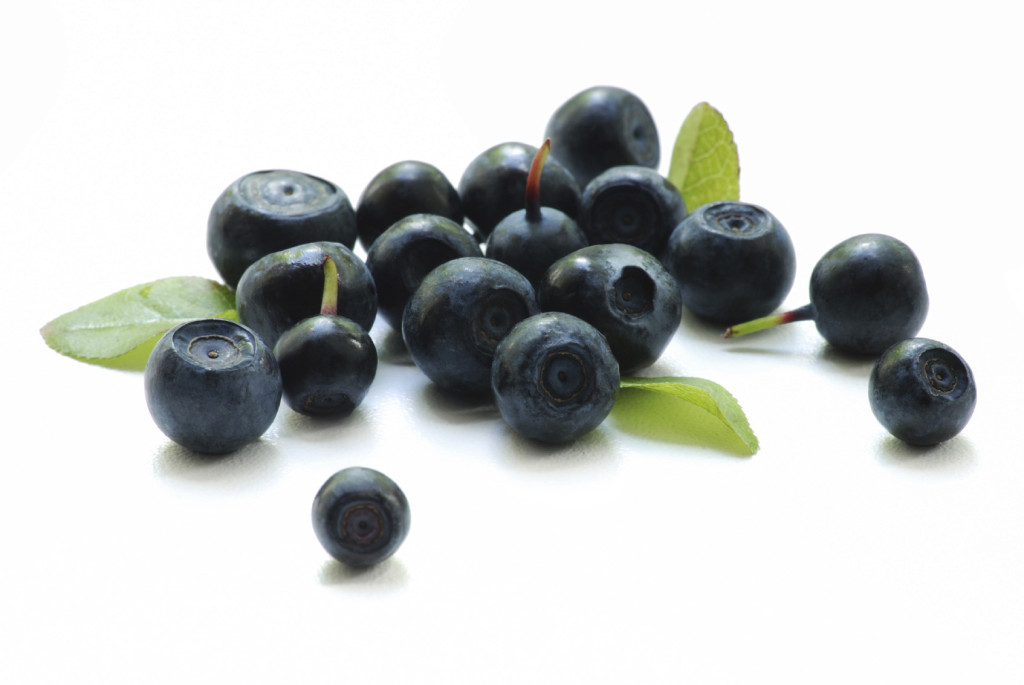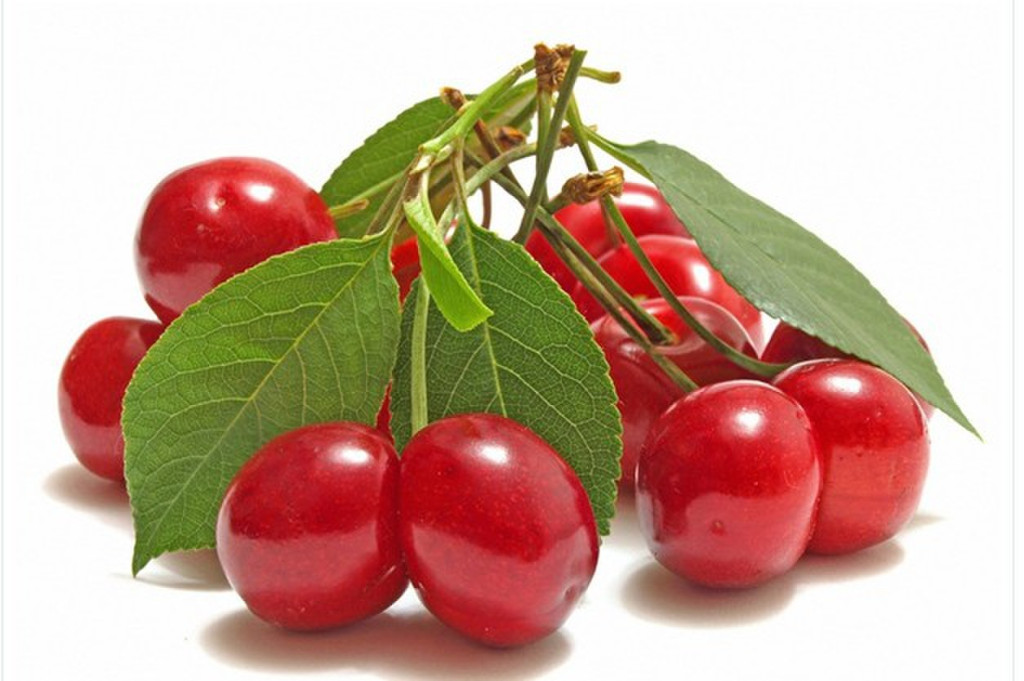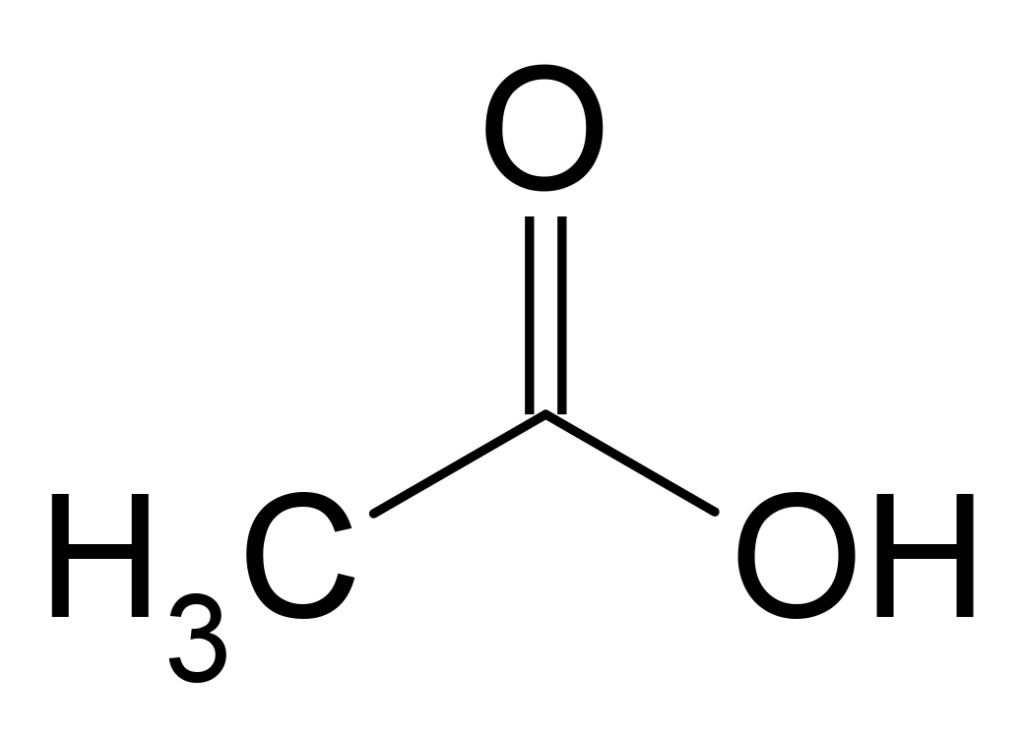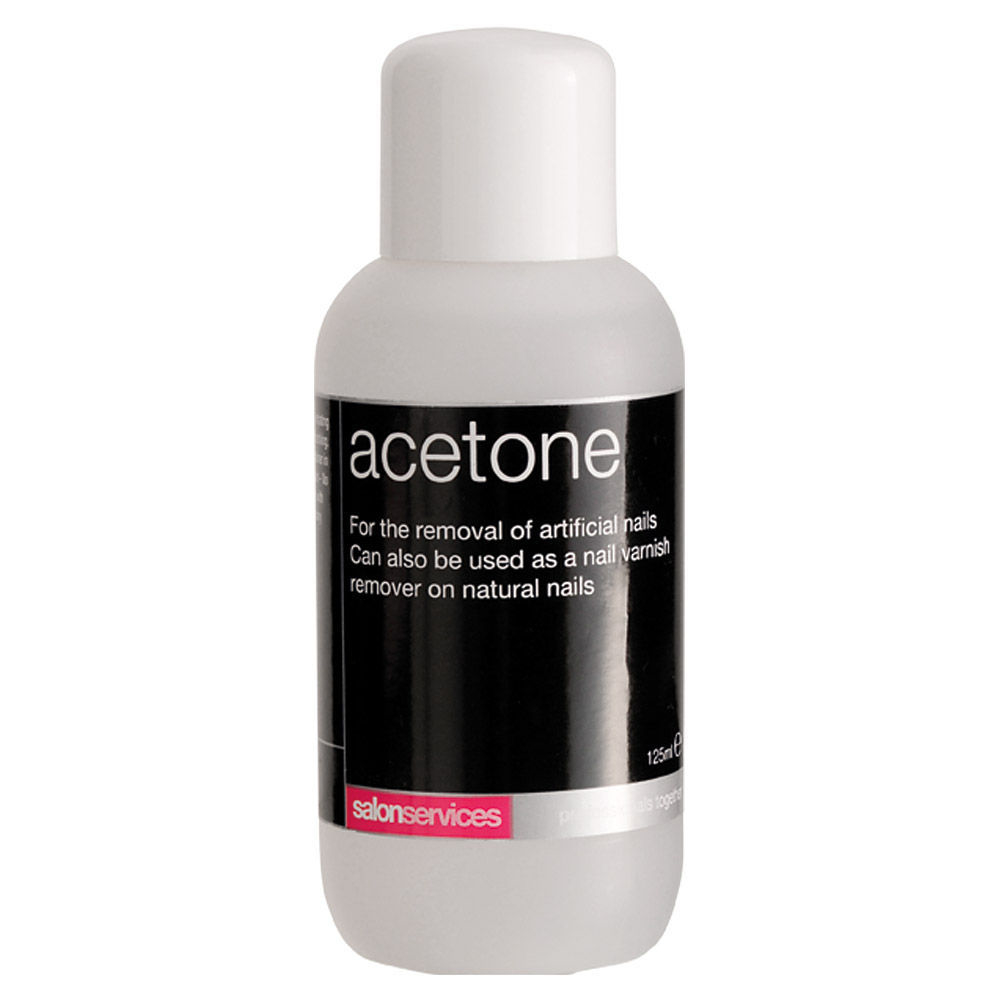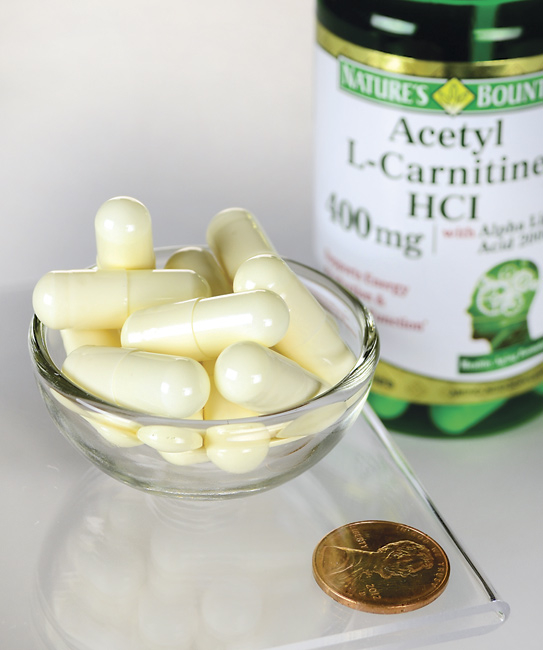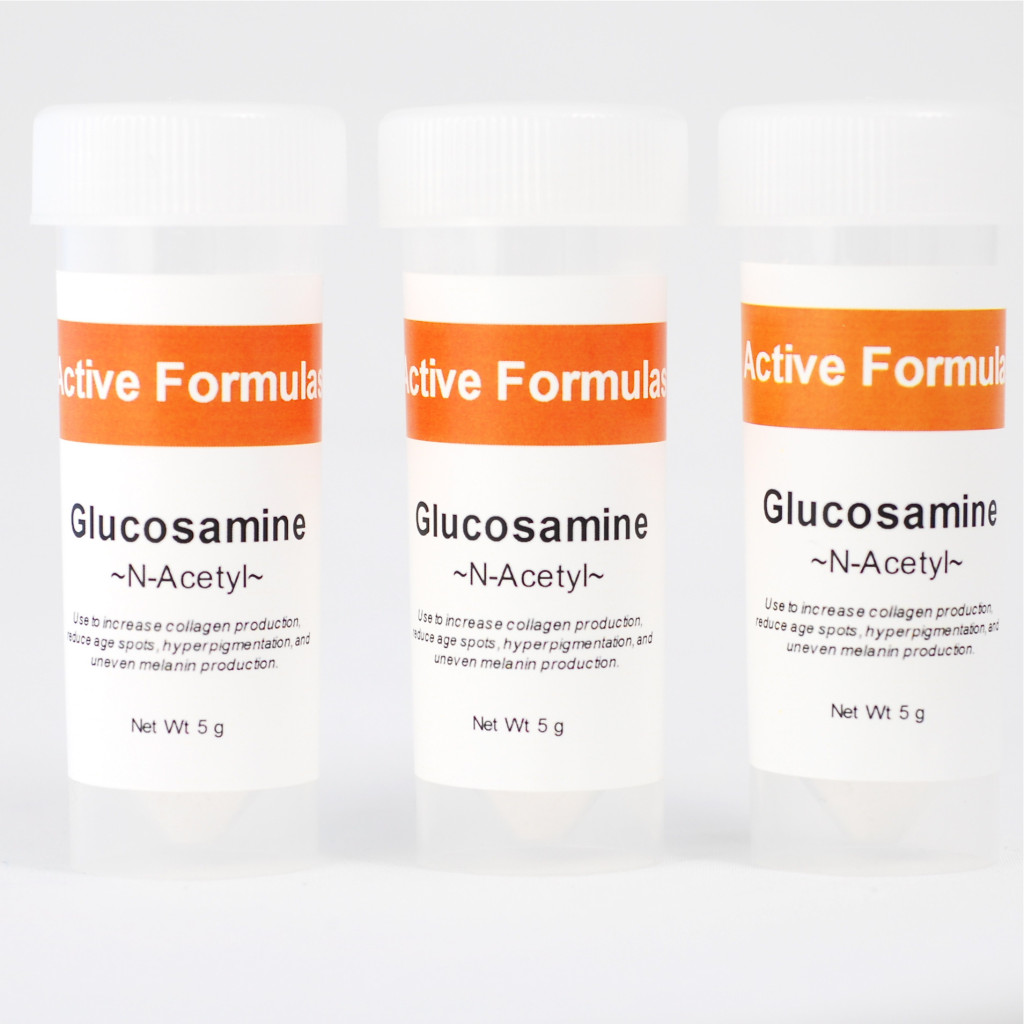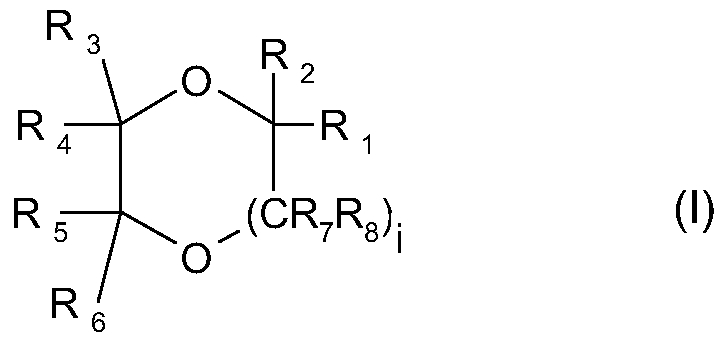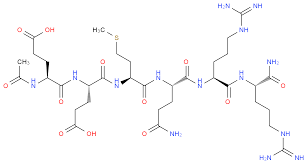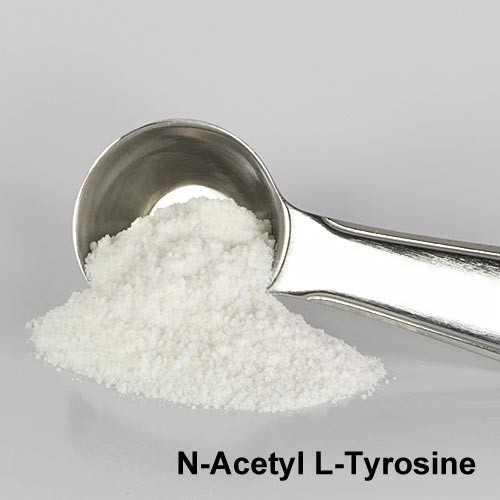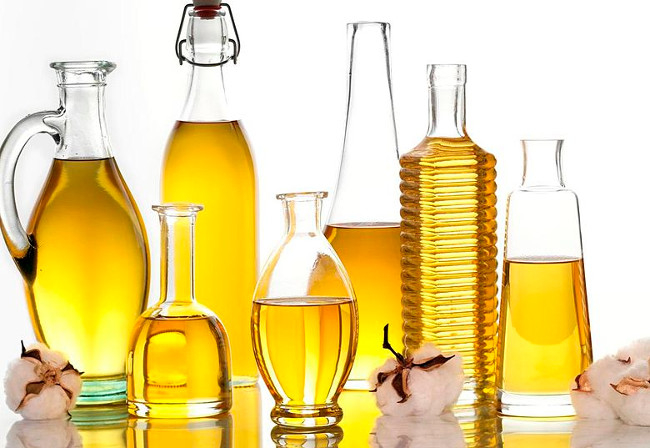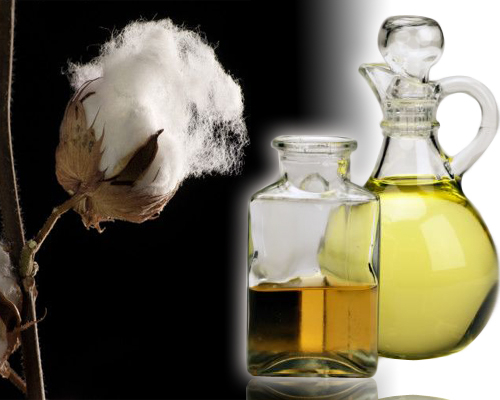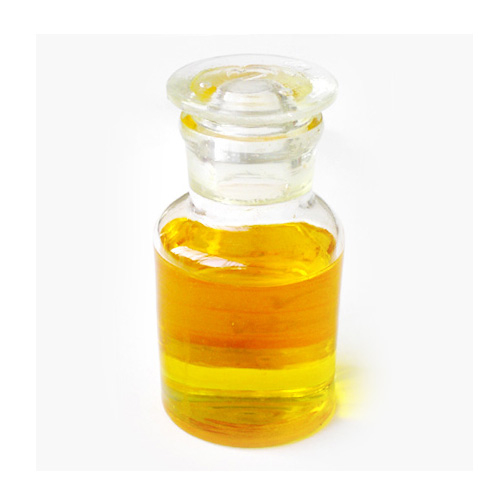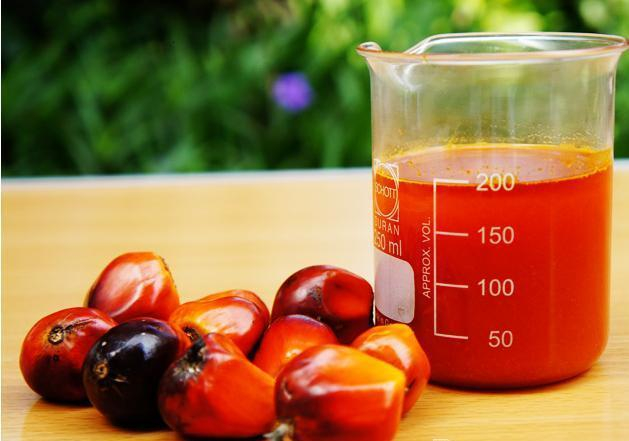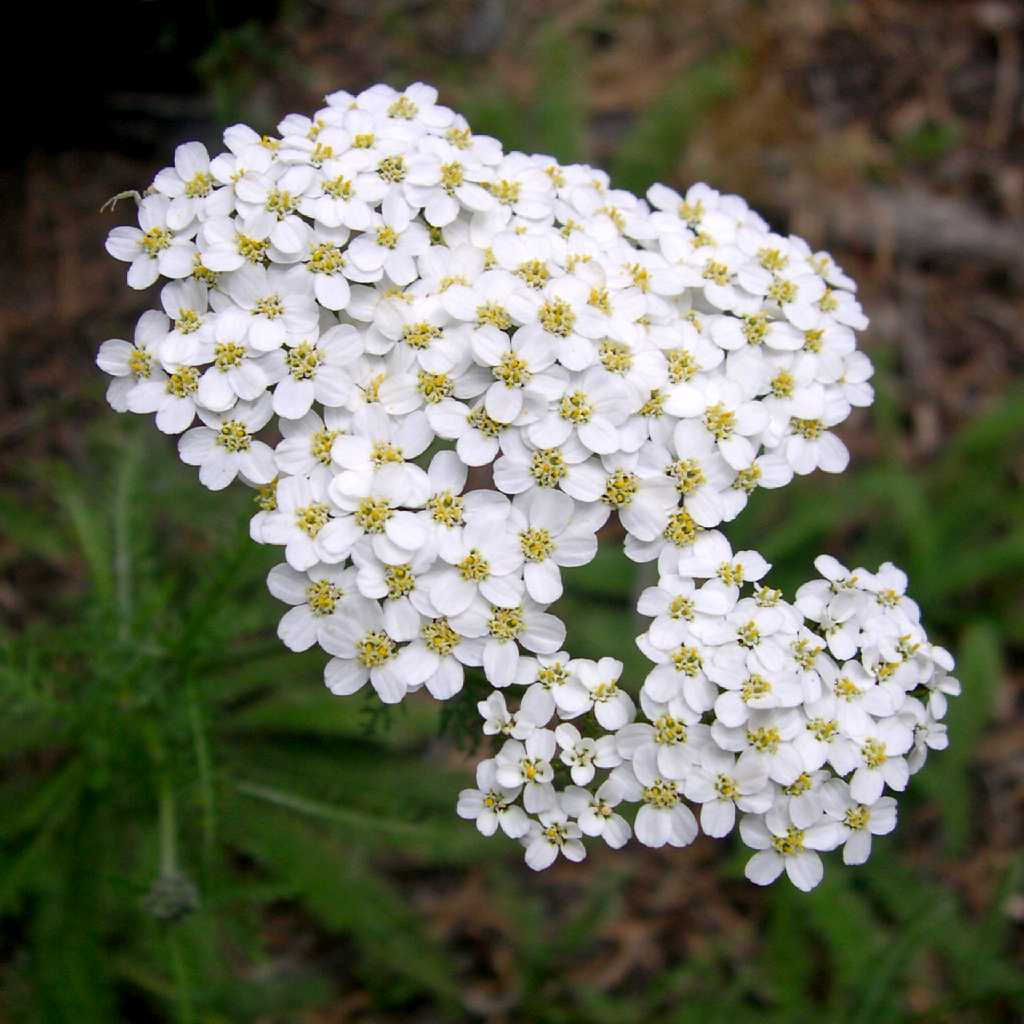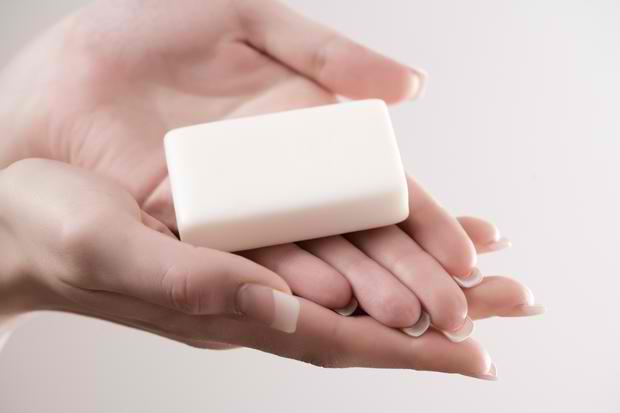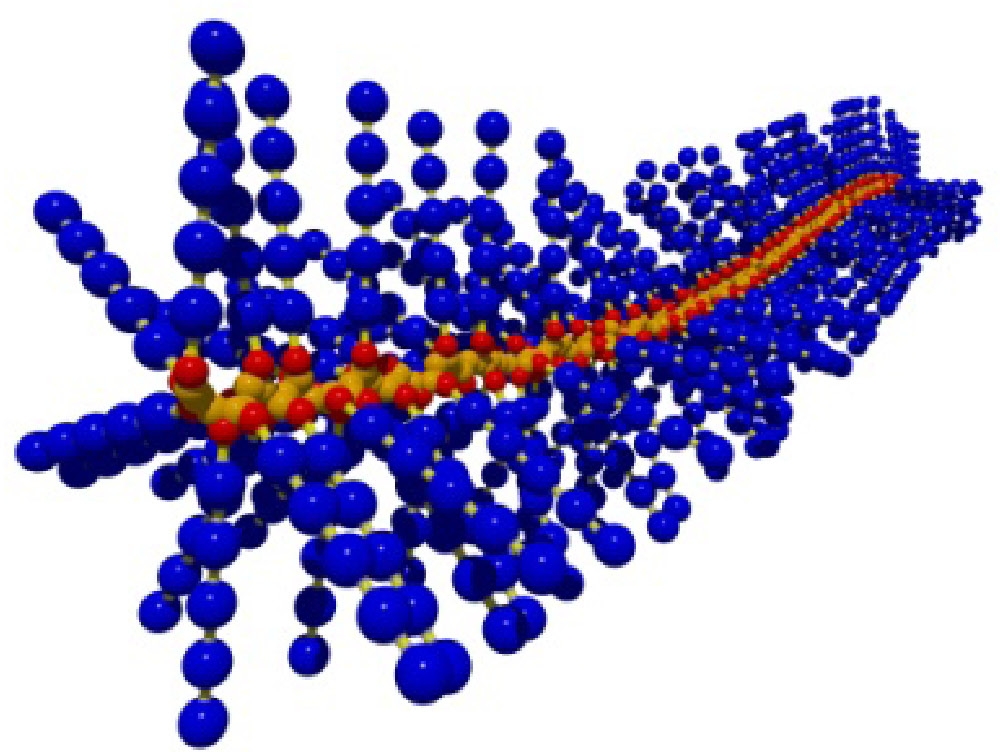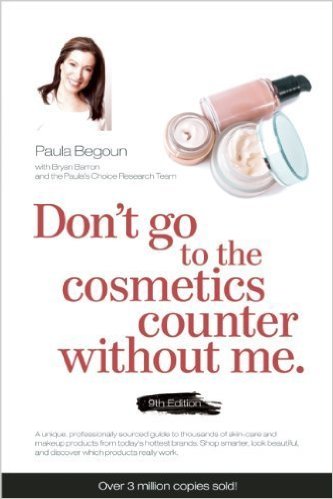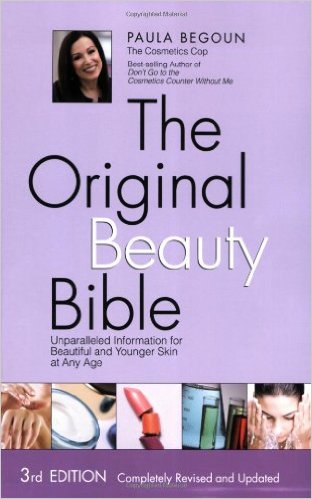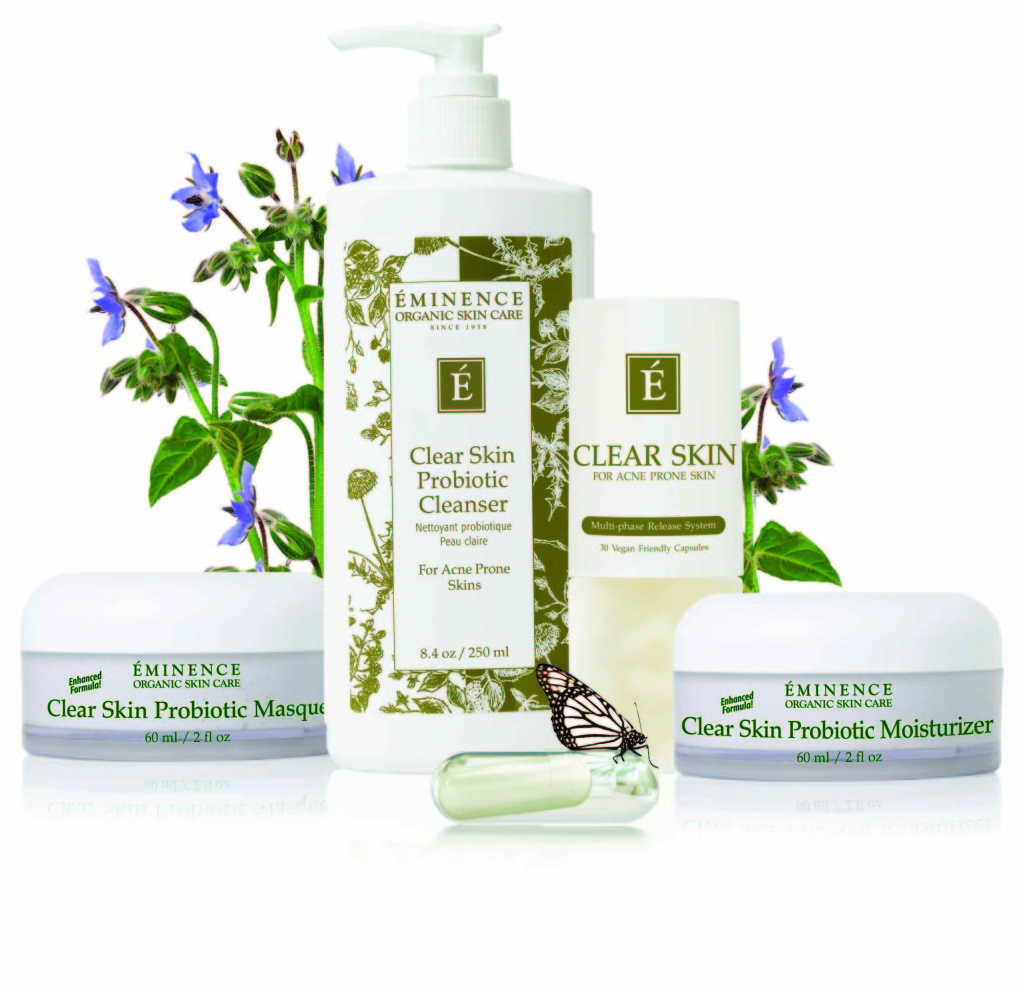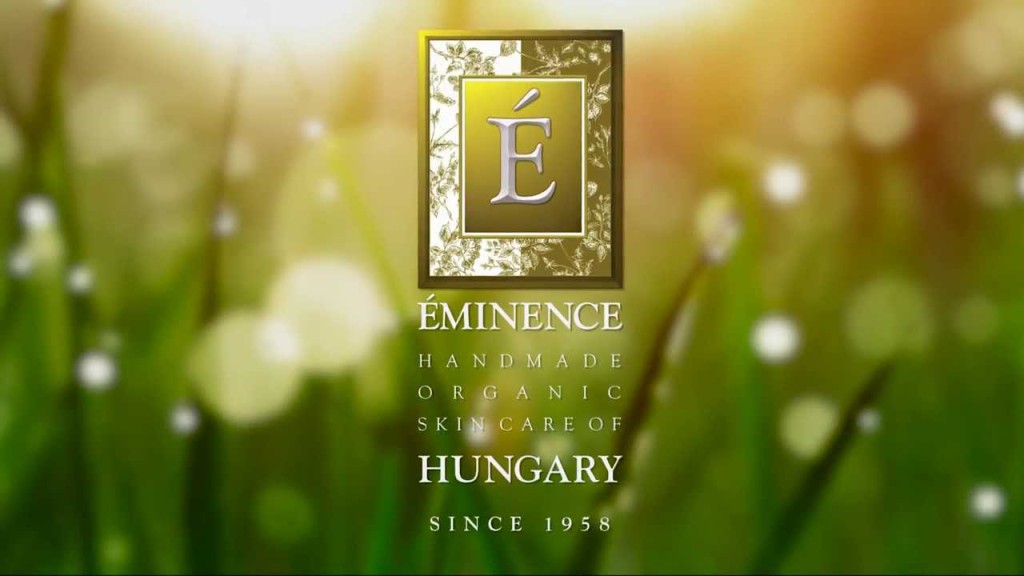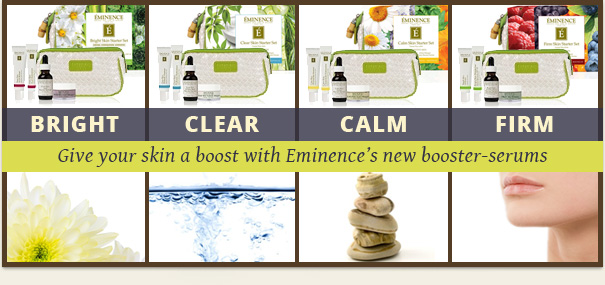Ingredient Dictionary from Paula’s Choice
According to http://personalcaretruth.com/experts/paula-begoun/
Great site of information, is a must!
Who is Paula?
Paula Begoun is the creator and innovative force behind Paula’s Choice skin care and cosmetics. Her informative website, that includes reports on skin care and links to video demos, is Cosmetics Cop. She is the author of 18 best-selling books including Don’t Go to the Cosmetics Counter Without Me, Blue Eyeshadow Should Be Illegal, The Original Beauty Bible, and Don’t Go Shopping for Hair-Care Products Without Me. Paula’s books have sold more than 2.5 million copies worldwide.
Her work as a nationally-recognized consumer expert for the cosmetics industry has led to repeat appearances on CNN, as well as programs such as Oprah, The Today Show, 20/20, Dateline NBC, The View, and Dr. Oz.
Paula’s Story: In Her Own Words
From the very beginning, my goal has been to help women find products that will give them the skin they’ve always wanted—whether you use my Paula’s Choice products that I developed and formulated, or those from another brand. I have the unique distinction of being the only cosmetics company founder in the world who recommends products other than my own.
I created Paula’s Choice as a result of my own frustrations when I was a teenager trying to find products for my problem skin and then, later in life, for wrinkles and skin discolorations. My complexion was a mess and, like many of you, the skin-care products I used either didn’t help or made matters worse.
Paula’s Choice is a comprehensive collection of skin-care and select makeup products that meet my strict criterion for excellence based only on what published research shows is effective. My products are guaranteed to exceed your expectations.
I provide state-of-the-art formulas that are always fragrance-free, ecologically responsible, and never tested on animals. I invite you to let my years of research and acquired knowledge benefit your skin. With Paula’s Choice, healthy, youthful, radiant skin is a result you can count on!
In the early 1990s, Begoun began work with a team of cosmetic chemists to develop her own line of cosmetics and skin-care products. She claims that her products offer results based on published, peer-reviewed research, and that her extensive research of the cosmetic industry provided her with the expertise necessary to develop these formulations. In 1995, Begoun began selling her products online. This has led some consumers to question the objectivity of her product reviews. As counter to these concerns, Begoun claims that Paula’s Choice is one of the only companies that recommends products other than their own.
Begoun remains a consultant for dermatologists, plastic surgeons, major cosmetics companies, news and industry insiders. She positions herself as an internationally recognized authority and consumer advocate for the cosmetics and hair-care industries, and routinely appears on news and talk shows, including CNN, Oprah, The Dr. Oz Show, and The View.
Ingredient Dictionary from Paula’s Choice
Ratings according to Paula’s Choice
ACACIA FARNESIANA EXTRACT
POOR
A fragrant extract from a type of acacia tree. There is no research showing it to have any benefit for skin (Source: Natural Medicines Comprehensive Database, www.naturaldatabase.com). See gums
Substances that have water-binding properties, but that are used primarily as thickening agents in cosmetics. Some gums have a sticky feel and are used as film-forming agents in hairsprays, while others can constrict skin and have irritancy potential. Natural thickeners such as acacia, tragacanth, and locust bean are types of gums.
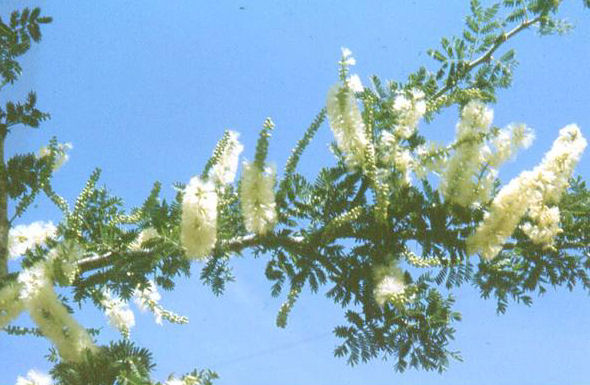
ACACIA SENEGAL
GOOD
Herb that can have anti-inflammatory properties, but is used primarily as a thickening agent. See gums
Substances that have water-binding properties, but that are used primarily as thickening agents in cosmetics. Some gums have a sticky feel and are used as film-forming agents in hairsprays, while others can constrict skin and have irritancy potential. Natural thickeners such as acacia, tragacanth, and locust bean are types of gums.
AÇAI
BEST
Pronounced “ah-sigh-ee”, this small berry with a deep purple color is a potent source of antioxidants, including ferulic acid and epicatechin. According to in-vitro research, acai has a higher antioxidant content than cranberry, raspberry, blackberry, strawberry, or blueberry but that doesn’t mean it is the best antioxidant around. According to the Web site www.naturaldatabase.com, “There is insufficient reliable information available about the effectiveness of açai.” Other than functioning as an antioxidant, there is no research pertaining to açai having any effect on skin. Research is scant, but from what as been revealed, there is no legitimate reason to choose açai over many other antioxidants.
ACEROLA FRUIT EXTRACT
GOOD
Acerola contains vitamin C. However, the dry acerola fruit and powder are unlikely to be a good source of vitamin C because much of the vitamin C is destroyed during the drying and processing (Source: Natural Medicines Comprehensive Database, www.naturaldatabase.com). See vitamin C
Water-soluble vitamin that is considered a potent antioxidant for skin. It has been shown to increase collagen production (including dermal collagen, which is significant for wrinkle reduction), reduce the appearance of skin discolorations, strengthen skin’s barrier response, enhance skin’s repair process, reduce inflammation, and help skin better withstand exposure to sunlight, whether protected by sunscreen or not.
Vitamin C is an excellent ingredient to include in your skin-care routine, particularly if signs of aging are a concern. Just keep in mind that no single ingredient is the be all, end all for skin care. Just like your body needs a healthy, balanced diet to function optimally, your skin needs a broad range of ingredients to help it look its best. Vitamin C comes in many forms, with ascorbic acid being the most common.
ACETIC ACID
POOR
Acid found in vinegar, some fruits, and human sweat. It can be a skin irritant and drying to skin, though it also has disinfecting properties.
ACETONE
POOR
Strong solvent that is used in Nail Polish removers.
ACETYL CARNITINE HCL
BEST
See L-carnitine
Also known as carboxylic acid, it is often erroneously labeled an amino acid (which it is not). It has been claimed to have miraculous (albeit unsubstantiated) properties for enhancing the metabolization of fat when taken orally. There is research in animal studies showing it has anti-aging benefits when taken orally (Source: Annals of the New York Academy of Sciences, April 2002, pages 133–166). However, there is no known benefit for skin when it is applied topically in skin-care products, though it may have antioxidant properties.
ACETYL GLUCOSAMINE
BEST
Amino acid sugar and primary constituent of mucopolysaccharides and hyaluronic acid. As such, it can be considered a skin-identical ingredient. In large concentrations acetyl glucosamine can be effective for wound healing. There is research showing that chitosan (which is composed of acetyl glucosamine) can help wound healing in a complex physiological process (Sources: Cellular-Molecular-Life-Science, February 1997, pages 131–140; and Biomaterials, June 2001, pages 1667–1673). However, the amount used in those studies was significantly greater than the amount used in cosmetics.
In terms of exfoliation, the research that does exist was done by Proctor & Gamble and Estee Lauder, and both companies sell skin-care products with acetyl glucosamine (Sources: Journal of Cosmetic Science, July-August 2009, pages 423–428; and Journal of the American Academy of Dermatology, February 2007, Supplement 2, page AB169).
In terms of its anti-wrinkle action, there is no research demonstrating that wrinkles are related to wounds. Acetyl glucosamine also has research demonstrating its inhibitory effect on melanin production. Thus, it can be an important ingredient in skin lightening products, particularly when combined with niacinamide. Most of the research concerning acetyl glucosamine’s effect on hyperpigmentation is from Procter & Gamble, and their Olay brand uses acetyl glucosamine in many products. Still, the research is compelling and the protocols sound (Sources: British Journal of Dermatology, August 28, 2009, Epublication; Journal of Cosmetic Dermatology, December 2007, pages 232–238; March 2007, pages 20–26; and December 2006, pages 309–315).
ACETYL GLYCERYL RICINOLEATE
GOOD
Used as an emollient and thickening agent in cosmetics. See glyceryl ester
Large group of ingredients that are composed of fats and oils. At room temperature, the fats are usually solid and the oils are generally liquid. Some tropical oils are liquids in their sites of origin and become solids in cooler or different applications. These multitudinous fats and oils are used in cosmetics as emollients and lubricants as well as water-binding and thickening agents.
ACETYL HEXAPEPTIDE-8
GOOD
A synthetically derived peptide that is being used in a wide range of skin-care and makeup products, especially those claiming to have a muscle-relaxing effect similar to Botox injections. These claims typically have to do with relaxing muscle contractions when making facial expressions, thus reducing the appearance of expression lines.
The company selling acetyl hexapeptide-8 (trade name Argireline and technically known as acetyl hexapeptide-3), Centerchem, is based in Spain. According to their Web site, “Argireline works through a unique mechanism which relaxes facial tension leading to a reduction in superficial facial lines and wrinkles with regular use. Argireline has been shown to moderate excessive catecholamines release.” Whether or not that is true when applied topically is only is only from Centerchem’s information. There is no published research substantiating any use of Argireline topically on skin.
Catecholamines are compounds in the body that serve as neurotransmitters such as epinephrine, adrenaline, and dopamine. Epinephrine is a substance that prepares the body to handle emergencies such as cold, fatigue, and shock. A deficiency of dopamine in the brain is responsible for the symptoms of Parkinson’s disease. None of that sounds like something you want a cosmetic to inhibit or reduce. If acetyl hexapeptide-8 really worked to relax facial muscles, it would work all over the face (assuming you’re using the products as directed). If all the muscles in your face were relaxed you’d have sagging, not youthful, skin, not to mention it would affect your hand (you apply it with your fingers) which would inhibit you from picking up a cup or holding the steering wheel of your car.
For all the fear espoused by companies featuring this peptide in their “works like Botox” products, there is considerably more efficacy, usage, and safety documentation available for Botox. Despite claims being made for acetyl hexapeptide-8 (argireline), there is a clinical study revealing that this ingredient is not even remotely as effective as Botox in reducing wrinkles (Source: www.cremedevie.com/clinical_details.htm; International Journal of Cosmetic Science, October 2002).>/p>
It is also interesting to note, that even Botox when applied topically on skin has no impact on the skin or muscles in any way shape or form! (Source: Cosmetic Dermatology, July 2005, pages 521-524.) Still, like all peptides, acetyl hexapeptide-8 has water-binding properties and theoretical cell-communicating ability. It’s not a throwaway ingredient, but it’s also not as miraculous as the manufacturer would lead you to believe.
ACETYL OCTAPEPTIDE-3
GOOD
A synthetic peptide that is based around octapeptide-3, a peptide complex composed of the amino acids aspartic acid, glutamic acid, glutamine, and methionine. Also known as SNAP-8, this peptide is said to reduce wrinkles formed from repetitive facial expressions, though there’s no independent research supporting this claim. Even if there was independent research, the usage levels used in company-sponsored testing to support the improvement of deep wrinkles and expression lines was 3-10%, which is far greater than what’s typically used in skin care.
Although this won’t replace what Botox or dermal fillers can do for etched wrinkles, like all peptides it has water-binding properties and theoretical cell-communicating ability. It may play a role in helping skin look and act younger, and can help hydrate and smooth skin.
ACETYL TRIBUTYL CITRATE
AVERAGE
Related to citric acid and used as a plasticizer, most commonly in nail polish and nail-hardening products. See citric acid
Extract derived from citrus and used primarily to adjust the pH of products to prevent them from being too alkaline.
ACETYL TYROSINE
GOOD
An amino acid complex that functions as a skin-conditioning agent. There is no research proving it has a reparative or depigmenting effect on skin.
ACETYLATED CASTOR OIL
GOOD
Used as an emollient and thickening agent in cosmetics. See glyceryl ester
Large group of ingredients that are composed of fats and oils. At room temperature, the fats are usually solid and the oils are generally liquid. Some tropical oils are liquids in their sites of origin and become solids in cooler or different applications. These multitudinous fats and oils are used in cosmetics as emollients and lubricants as well as water-binding and thickening agents.
ACETYLATED HYDROGENATED COTTONSEED GLYCERIDE
GOOD
Used as an emollient and thickening agent in cosmetics. See glyceryl ester
Large group of ingredients that are composed of fats and oils. At room temperature, the fats are usually solid and the oils are generally liquid. Some tropical oils are liquids in their sites of origin and become solids in cooler or different applications. These multitudinous fats and oils are used in cosmetics as emollients and lubricants as well as water-binding and thickening agents.
ACETYLATED LANOLIN
GOOD
Emollient derived from lanolin. See lanolin
Emollient, very thick substance derived from the sebaceous glands of sheep. Lanolin has long been burdened with a reputation for being an allergen or sensitizing agent, which has always been a disappointment to formulators because lanolin is such an effective moisturizing agent for skin. A study in the British Journal of Dermatology (July 2001, pages 28–31) may change all that. The study concluded “that lanolin sensitization has remained at a relatively low and constant rate even in a high-risk population (i.e., patients with recent or active eczema).” Based on a review of 24,449 patients who were tested with varying forms of lanolin, it turned out that “The mean annual rate of sensitivity to this allergen was 1.7%”—and it was lower than that for a 50% concentration of lanolin. It looks like it’s time to restore lanolin’s good reputation. That’s a very good thing for someone with dry skin, though it can be a problem for someone with oily skin, because lanolin closely resembles the oil from human oil glands.
ACETYLATED LANOLIN ALCOHOL
GOOD
An ester of lanolin alcohol uses as an emollient and occlusive agent. An ester is a compound formed from an alcohol and an acid with the elimination of water, and are common among cosmetic ingredients.
ACETYLATED PALM KERNEL GLYCERIDES
GOOD
Used as an emollient and thickening agent in cosmetics. See glyceryl ester
Large group of ingredients that are composed of fats and oils. At room temperature, the fats are usually solid and the oils are generally liquid. Some tropical oils are liquids in their sites of origin and become solids in cooler or different applications. These multitudinous fats and oils are used in cosmetics as emollients and lubricants as well as water-binding and thickening agents.
ACETYLSALICYLIC ACID
BEST
Chemical name for aspirin, one of the most widely used anti-inflammatory drugs in the world. Applied topically, aspirin works to reduce irritation and inflammation while also helping to relieve pain and discomfort. Persons allergic to aspirin when consumed orally should avoid applying it on skin.
ACHILLEA MILLEFOLIUM
POOR
See yarrow extract
Extract for which there is little research showing it to have any benefit for skin. What studies do exist were performed in vitro, and indicate that it may have anti-inflammatory properties (Sources: Planta Medica, 1991, volume 57, pages 444–446, and 1994, volume 60, pages 37–40). However, yarrow also has properties that may cause skin irritation and photosensitivity
ACID
AVERAGE
Anything with a pH lower than 7 is considered acidic—above 7 is considered alkaline. Water has a pH of 7. Skin has an average pH of 5.5
ACNE SOAP
POOR
Soaps that often contain anti-bacterial ingredients, and they are often overly drying and irritating skin due to the cleansing agents used. A study reported in Infection (March-April 1995, pages 89–93) demonstrated that “in the group using soap the mean number of inflammatory [acne] lesions increased…. Symptoms or signs of irritation were seen in 40.4% of individuals….” Furthermore, if the acne cleanser does contain antibacterial agents, the benefit would be washed down the drain
ACRYLATE
GOOD
Large group of ingredients that are typically found in hair-care products, but that are also widely used in skin-care products, particularly moisturizers. Film-forming agents include PVP, acrylates, acrylamides, and copolymers. When applied they leave a pliable, cohesive, and continuous covering over the hair or skin. This film has water-binding properties and leaves a smooth feel on skin. Film-forming agents can be weak skin sensitizers (Source: Contact Dermatitis, October 2007, pages 242–247).
ACRYLATES COPOLYMER
GOOD
Large group of ingredients that are typically found in hair-care products, but that are also widely used in skin-care products, particularly moisturizers. Film-forming agents include PVP, acrylates, acrylamides, and copolymers. When applied they leave a pliable, cohesive, and continuous covering over the hair or skin. This film has water-binding properties and leaves a smooth feel on skin. Film-forming agents can be weak skin sensitizers (Source: Contact Dermatitis, October 2007, pages 242–247).
Don’t Go to the Cosmetics Counter Without Me by Paula Begoun
This book helps women find products that make them look great without spending a fortune. From drugstores and home shopping to department stores and catalogs, Paula Begoun and her team review the hottest skin-care and makeup products major cosmetic and skin-care lines. Regardless of the price tags, there are good and bad products in almost every line and with the turn of a page, readers can get concise reviews and fast answers in this completely revised edition. A user-friendly rating system makes it easy to find items worth trying. Paula also includes skin care basics and tips on which ingredients to look for so you get the results you want.
The Original Beauty Bible: Skin Care Facts for Ageless Beauty
The all-new third edition of The Original Beauty Bible is Paula Begoun’s most comprehensive book yet. Exhaustively researched, this refreshingly honest guide cuts through marketing hype to educate consumers on all aspects of beauty, including how to assemble a state-of-the-art skin-care routine, choose a cosmetic surgeon, and apply makeup like a pro. It provides the latest research and information on every imaginable cosmetic innovation, with a special emphasis on skin-care ingredients, and explains the pros and cons of all types of cosmetic surgery and corrective procedures in an engaging, easy-to-understand style. Covering the most critical topics in beauty in a factual, no-holds-barred manner, and packed with money-saving tips, The Original Beauty Bible affirms Begoun’s reputation as “The Ralph Nader of Rouge.” For readers of all ages, it’s the ultimate guide to smart beauty.
Eminence Organics Clear Skin Probiotic Moisturizer
Eminence Organics Clear Skin Probiotic Moisturizer (2oz) brings clarity to oily, acne-prone skin with powerful probiotics that remove acne-causing dirt, debris, oil, and bacteria while restoring balance to the skin for a long-lasting clear complexion.
Eminence Organics Clear Skin Probiotic Cleanser
Clear Skin Probiotic Cleanser from Eminence Organics brings balance to even the most difficult skin types. With potent cleansers and natural botanicals that remove the causes of acne, breakouts, and blemishes, this cream gel clarifies the skin for a clear, gorgeous complexion.
Eminence Organics Calm Skin Starter Set
he Eminence Organic Calm Skin Starter Set is the perfect way try the amazing brightening products of Eminence Organics. Including a one month supply of the brightening cleanser, moisturizer, masque, and serum, this skin care kit has everything you need to soothe irritated skin and reduce sensitivity.


